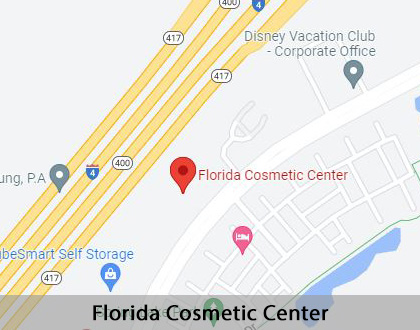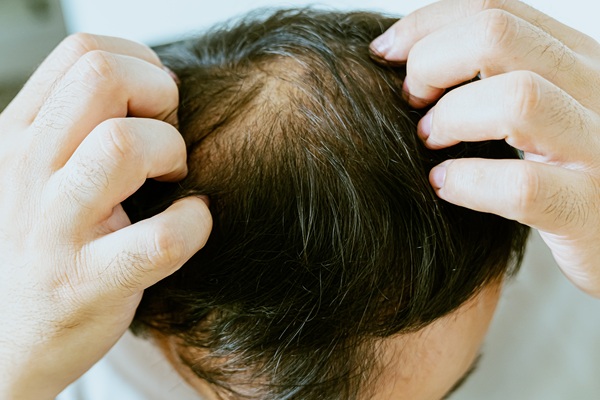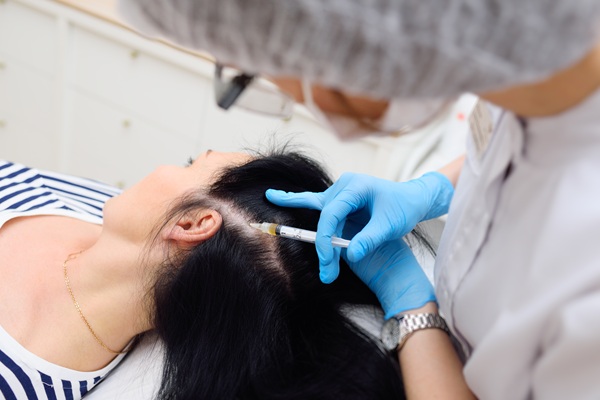Hair Transplant Celebration, FL
A hair transplant is a surgery done to transfer hair from fuller areas to parts with little or no hair. The procedure has existed since the '50s, but the methods have improved over the years. People who undergo the procedure can once again have fuller hair to reverse hair thinning and balding. Hair transplant surgery can make you more confident about your looks.
What to expect during hair transplant surgery
The procedure starts with an initial consultation with the doctor to discuss treatment expectations from the surgery.
The surgeon will clean the scalp and inject a numbing medication into the back of the head. The doctor may opt for any of the transplant techniques, such as follicular unit strip surgery (FUSS) or follicular unit extraction (FUE).
FUSS
With FUSS, the doctor will take a six to ten inches strip of skin from the back of the head then seal the scalp off. The area will be covered by the surrounding hair. Afterward, the surgeon and the medical team will separate the strip of extracted scalp into 500 to 2,000 small grafts, each with one or a few hair strands. The amount or type of graft used is based on the type of hair, color, quality and the size of the area to be treated.
FUE
For the FUE procedure, the medical team will shave the back of the scalp. Afterward, the surgeon will extract the hair follicles individually. That part will heal will tiny dots, but will be covered by the surrounding hair.
At this stage, the two procedures are similar. After preparing the grafts, the surgeon will clean and numb the area to be treated, make incisions or holes using a needle or scalpel, and carefully insert each graft into the holes. Other members of the team will help plant the grafts.
Depending on the extent of the transplant, the entire process may take between four to eight hours. The patient might require another procedure eventually if hair loss continues or if they want fuller hair.
Recovery
After the surgery, the scalp will feel sore and tender. The surgeon will recommend pain meds for the pain and applying bandages over the scalp for a day or two. The patient may also need to take antibiotics or an anti-inflammatory drug for some days. Most patients can resume their regular routine two to five days after the surgery.
After two or three weeks, the hair transplants will shed off, and new growth will start within a few weeks. Most patients notice significant hair growth six to nine months after surgery. Some physicians recommend hair-growing medication minoxidil (Rogaine) to boost hair growth after hair transplant.
Risks
The hair transplant procedure has its risks, such as bleeding and infection. Scarring and strange-looking new hair growth may also occur. When the new hair starts to grow, some patients may experience inflammation or hair follicle infection, called folliculitis. The surgeon will recommend antibiotics and compresses to treat the issue. Shock loss might also occur, where some original hair might be lost where the new strands are forming. This is mostly temporary.
Final note
If you and your doctor have discussed treatment options and you have tried and failed to see results with other conventional therapies for hair regeneration, you may want to consider hair transplant. The doctor may recommend a transplant if they believe you are suitable and will benefit from the treatment. Discussing the hair transplant procedure expectations with the doctor is better. Patients usually get a confidence boost from their better-looking, fuller hair as a result of the treatment.
Frequently Asked Questions
The following are common questions about hair transplants:
Q. Is it painful to have a hair transplant?
A. Fortunately, getting a hair transplant does not hurt. While you may feel some pressure or movement sensations during the surgery, you should not experience any discomfort since the surgeon will have numbed the region of your head where they will be working.
However, as your body begins to repair and recuperate, you may feel some pain or discomfort around the incision locations, as is typical after any kind of surgery. Your healthcare staff will probably advise you on how to handle discomfort and how to lessen the likelihood of unwanted responses and side effects.
Q. Is a hair transplant procedure worthwhile?
A. When other therapies, like as minoxidil and Rogaine, have failed, a hair transplant is a viable choice for those who can afford the steep expense. While the risks of a hair transplant are minor in comparison to those of other operations, they are nonetheless there. The likelihood of significant hair regeneration is also contingent on a number of factors. However, you should discuss the pros and drawbacks of the operation with your doctor if it is something you are really considering.
Start Feeling Better – Visit Us Today
By visiting us as soon as possible, our team can help get you the professional treatment you need. Instead of waiting around and allowing the symptoms to get worse, we can provide you with treatment options.
Call Us Today
If you live in the Celebration area, call 321-415-9826 for an appointment in our Celebration office.
Helpful Related Links
- National Medspa Association. National Medspa Association. 2022
- American Medspa Association. American Medspa Association. 2022
- American Society of Plastic Surgeons guide to MedSpas. American Society of Plastic Surgeons guide to MedSpas. 2022
About our business and website security
- Florida Cosmetic Center was established in 2017.
- We accept the following payment methods: American Express, Cash, Discover, MasterCard, and Visa
- We serve patients from the following counties: Osceola County
- We serve patients from the following cities: Celebration, Four Corners, St. Cloud, Poinciana, Kissimmee, and Orlando
- Norton Safe Web. View Details
- Trend Micro Site Safety Center. View Details
Back to top of Hair Transplant







